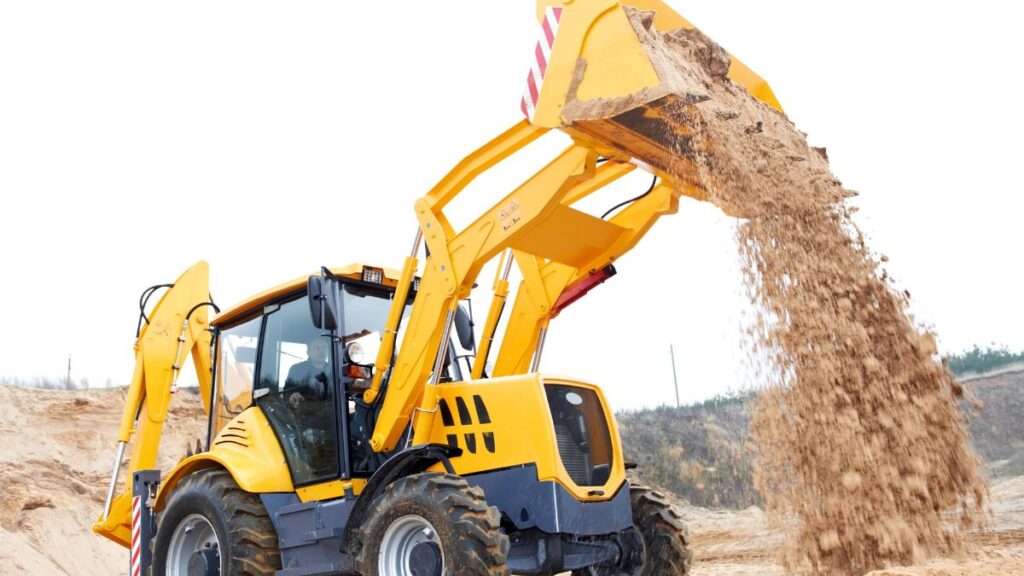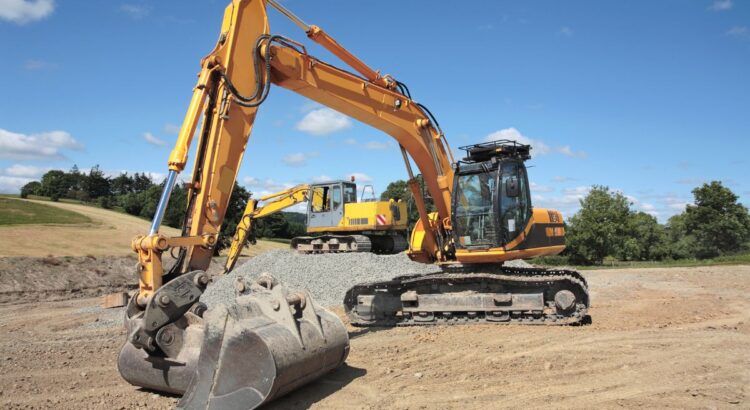The demand for infrastructure development is expected to grow over the next few years. The drivers behind this growth are considered to be urbanization, globalization, and population growth. To keep pace with the growing population and demand for infrastructure, governments are striving to develop infrastructure in their countries. In the United States, for example, in 2017, the government recently announced that they would spend USD 1.5 trillion on infrastructure development.
Demand for infrastructure development
There are many drivers of demand for infrastructure development. Public-private partnerships increased construction activities, and government infrastructure development all drive the market. Major players are investing in research and development operations, upgrading equipment, and targeting new industries. Listed below are five reasons why infrastructure development is a top priority for OEMs. These are just a few of the most important factors driving the market. But what other factors may be driving demand for heavy construction equipment?
Rising economic growth in China is driving demand for heavy construction equipment, including excavators and bobcats. Despite the slowdown in the U.S., China is a major global market. China is projected to grow at an annual rate of more than nine percent through 2022. The government of China is promoting infrastructure projects throughout the country to spur rapid urbanization. The Regional Comprehensive Economic Partnership (RCEP) has encouraged investment in regional transport infrastructure. In addition, it has diverted attention from the consequences of the U.S.-China trade war.
Growth of the industry

Global demand for earthmoving and heavy machinery is forecast to increase significantly due to increasing urban population and infrastructure development. As of 2020, the world’s urban population was around 4.4 billion. This figure is expected to rise to 68% by 2050, driving demand for more infrastructure, urban developments, and building activities. These activities require the use of earthmoving equipment such as excavators and cranes. To meet these demands, manufacturers and dealers of this equipment are working on technological developments, partnerships, acquisitions, and aftermarket services.
Global government initiatives and investments are expected to fuel the growth of the machinery and equipment industry. Increasing public spending on infrastructure, including urbanization, and public-private partnerships are expected to spur growth. In the United States, for example, the government is planning to invest more than USD 1.5 trillion in infrastructure development over the next five years. These plans will require the use of heavy machinery to meet the demands. To meet these demands, manufacturers must continue investing in construction machinery.
Key players

In Europe, the demand for earth-moving machines is highest. The trend towards off-site construction and modular construction means major building components are prefabricated. This helps in saving time and money at the construction site. Earth moving equipment are used for the construction of civic infrastructure and transportation of the earth to and from a site. This trend will have a positive impact on rental companies. In addition, the CAGR of European construction is expected to be higher than that of the US construction market.
The Europe construction machinery market was valued at $48,411.6 million in 2021 and is expected to grow at a CAGR of 5.1% from the year 2020 to 2030. The market is largely driven by rising labor costs in construction, growing demand for modular buildings, increased investments in infrastructure, and the rapid development of smart cities. But the market is highly fragmented and requires a detailed analysis of all players to remain competitive and profitable.
Sales figures
Sales figures for the machinery and earthmoving industry include construction equipment and tools, earthmoving equipment and services, and agricultural tools. Global economic growth and urbanization are expected to increase demand for such equipment. Hence, OEMs are focused on developing innovative products to stay competitive in the market. With this, they are enhancing their product portfolios and offering improved after-sales services. Here are the key trends in sales for the machinery and earthmoving industry.
CEA statistics show that retail sales of construction and earthmoving equipment in the fourth quarter of 2020 and the first quarter of 2021 increased 18 percent. In fact, the industry finished the year 48 percent higher than its previous year. More than 36,000 units were sold, up from only 33 percent the year before. CEA partners with Systematics International to collect and release the industry statistics. The CEA is a nonprofit organization that provides statistical data about the industry and its products.
Impact of COVID-19

The impact of COVID-19 on the machinery and earthmoving industry is not yet clear. While the global economy experienced a steep decline in the first quarter of 2020 due to lockdowns, the second quarter recovered more quickly. In Europe, the industry is expected to suffer a two percent decline in its exports of intermediate inputs from China. Similar effects are expected to be felt in the chemical and automotive industries.
While the crisis has prompted many industry players to address short-term issues and formulate long-term solutions for the new global and national context, the full breadth, and scope of the changes required are not yet known. Nevertheless, the construction is set to remain resilient and hold the greatest market share thanks to the demand for infrastructure projects from both developing and developed countries.
